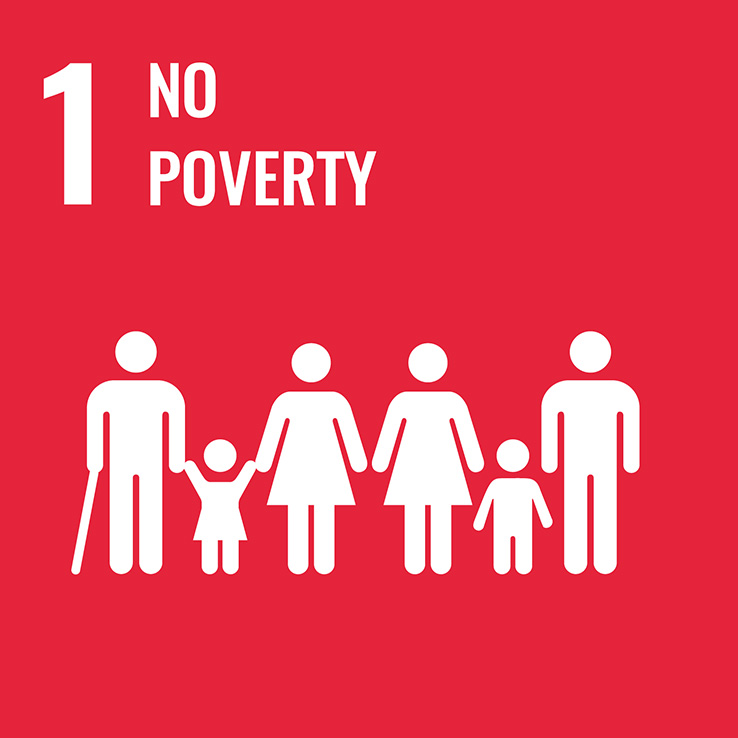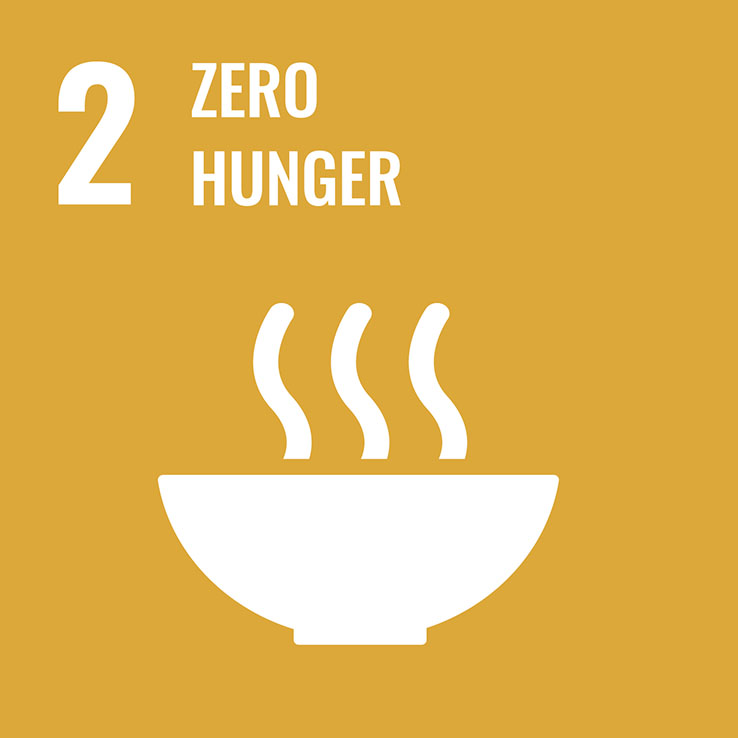
Selection


1.4.1 Proportion of population living in households with access to basic services

1.4.2 Proportion of total adult population with secure tenure rights to land, (a) with legally recognized documentation, and (b) who perceive their rights to land as secure, by sex and type of tenure

1.a.1 Total official development assistance grants from all donors that focus on poverty reduction as a share of the recipient country’s gross national income

2.1.1 Prevalence of undernourishment

2.2.1 Prevalence of stunting (height for age <-2 standard deviation from the median of the World Health Organization (WHO) Child Growth Standards) among children under 5 years of age

2.2.2 Prevalence of malnutrition (weight for height >+2 or <-2 standard deviation from the median of the WHO Child Growth Standards) among children under 5 years of age, by type (wasting and overweight)

2.a.1 The agriculture orientation index for government expenditures

2.b.1 Agricultural export subsidies

3.c.1 Health worker density and distribution

5.3.1 Proportion of women aged 20–24 years who were married or in a union before age 15 and before age 18

5.3.2 Proportion of girls and women aged 15–49 years who have undergone female genital mutilation/cutting, by age

5.a.1 (a) Proportion of total agricultural population with ownership or secure rights over agricultural land, by sex; and (b) share of women among owners or rights-bearers of agricultural land, by type of tenure

5.a.2 Proportion of countries where the legal framework (including customary law) guarantees women’s equal rights to land ownership and/or control

6.2.1 Proportion of population using (a) safely managed sanitation services and (b) a hand-washing facility with soap and water

7.b.1 Installed renewable energy-generating capacity in developing and developed countries (in watts per capita)

8.7.1 Proportion and number of children aged 5–17 years engaged in child labour, by sex and age

9.1.1 Proportion of the rural population who live within 2 km of an all-season road

10.6.1 Proportion of members and voting rights of developing countries in international organizations

11.1.1 Proportion of urban population living in slums, informal settlements or inadequate housing

12.a.1 Installed renewable energy-generating capacity in developing and developed countries (in watts per capita)

13.b.1 Number of least developed countries and small island developing States with nationally determined contributions, long-term strategies, national adaptation plans and adaptation communications, as reported to the secretariat of the United Nations Framework Convention on Climate Change

14.1.1 (a) Index of coastal eutrophication; and (b) plastic debris density

14.2.1 Number of countries using ecosystem-based approaches to managing marine areas
